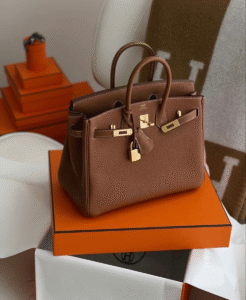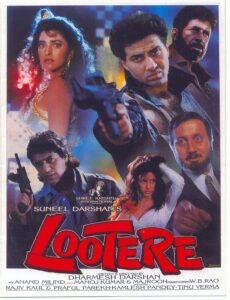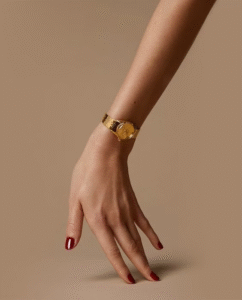In the arena of luxury goods, the importance of prestige and exclusivity is paramount. In order to maintain and elevate the same, brands opt for selective distribution systems. However, a challenge arises when original luxury products find their way into the hands of third-party sellers operating outside these distribution systems. In a recent legal tussle, involving ALDI SUD and prominent perfume brands JOOP! and Calvin Klein, the German Higher Regional Court of Dusseldorf delivered a decisive verdict, barring ALDI SUD from the sale of luxury perfumes at discounted stores. The judgement sheds light upon the importance of brand prestige.
THE WHIFF OF ALDI SUD’s PERFUME PREDICAMENT
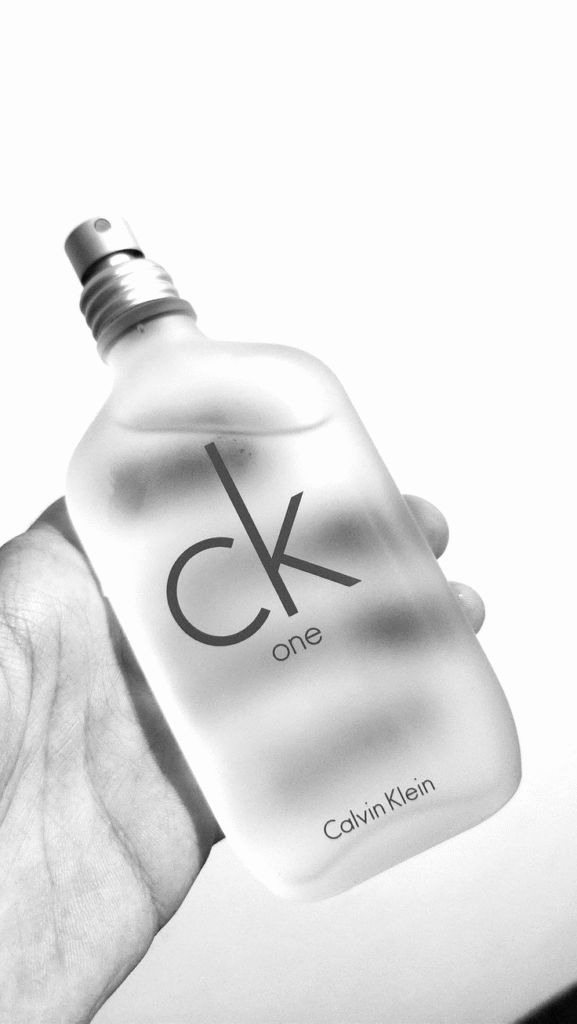
Coty, an esteemed purveyor of fragrances, assumed the role of the plaintiff in a courtroom confrontation of considerable gravitas. Coty, renowned for its exceptional expertise in crafting olfactory masterpieces, boasts an illustrious portfolio which includes iconic fragrances such as JOOP! and the revered Calvin Klein. Its presence in the courtroom signified a resolute assertion of its paramount position in the realm of perfumery. Armed with EU trademarks, specifically denoted by the inscrutable numbers 79707 and 2786713, Coty sought to safeguard and uphold its proprietary interests, encompassing the entire category of perfumes.
On the opposing side, the formidable ALDI SÜD group, a conglomerate in the world of discount retail served as the defendant.
In late 2017, ALDI SÜD ventured into the realm of prestigious fragrances by procuring original JOOP! and Calvin Klein perfumes, subsequently offering them in their stores from December 2017 to October 2018.
These perfumes were placed alongside multimedia products and bargain bins, housed in drawer containers and glass cabinets. In a bid to capture the Valentine’s Day market, ALDI SÜD further advertised the perfumes in their weekly promotional brochure in February 2018. However, Coty asserted that the manner in which ALDI SÜD presented and advertised these perfumes affects the prestige associated with their licensed trademarks.
Consequently, Coty initiated a lawsuit against ALDI SÜD, lodging their complaint with the District Court of Düsseldorf. The perfume giant, claimed that the presentation by the discount retailer was tarnishing the brand image and trademark of the perfumes.
To Coty’s dismay, the District Court dismissed their action, contending that the perfumes in question did not meet the criteria of luxury products, thus absolving ALDI SÜD of any wrongdoing in their presentation and advertising methods.
The Higher Regional Court in Düsseldorf heard Coty’s case after the District Court’s decision.
THE VERDICT ON ALDI SUD’s FRAGRANCE FIASCO
The Court acknowledged that Coty’s trademark rights for these perfumes had been exhausted due to their sale within the European Economic Area with Coty’s consent, as per Article 15(1) of the EU Trademark Regulation (EUTMR). However, the Court also recognized the possibility of legitimate reasons to oppose this sale, particularly if it could harm the reputation of the brands, as outlined in Article 15(2) EUTMR.
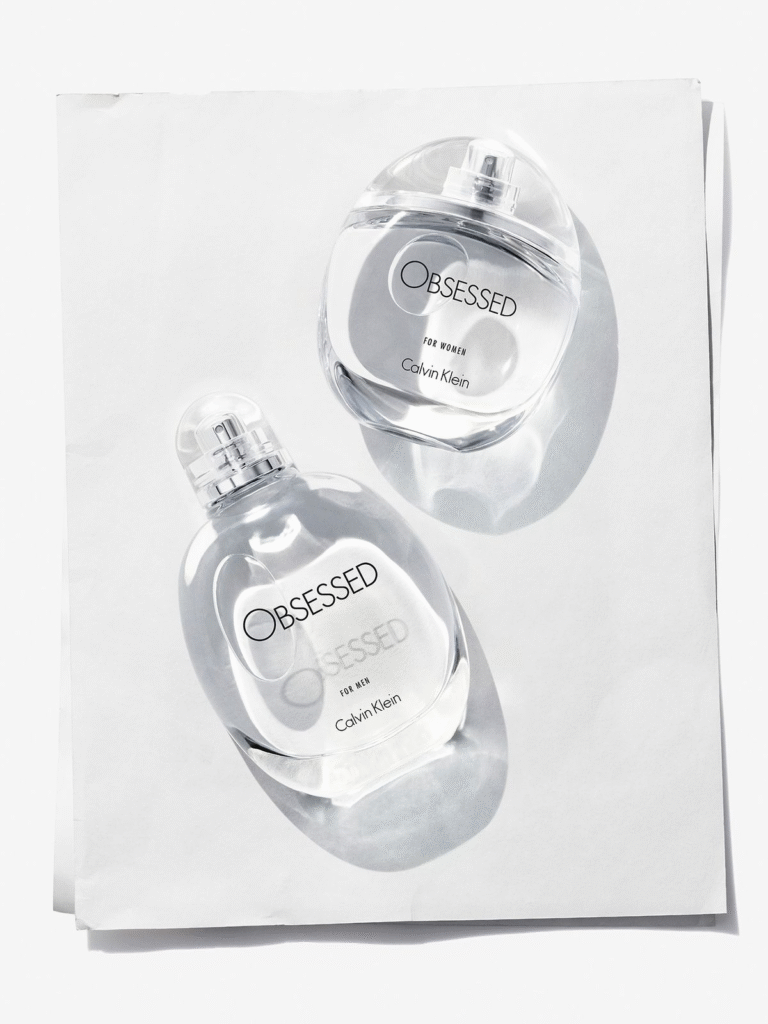
ALDI SÜD defended itself by claiming that these perfumes were also available in drug stores. However, the Court found that the perfumes were presented with dedicated sections alongside other branded fragrances in drugstores which was in stark contrast to ALDI SÜD’s approach. The Court considered it to be detrimental to the reputation of the trade marks in and of itself that the perfumes were not offered in a separate department but were mixed with the normal assortment. In addition, the perfumes were not highlighted in any way vis-à-vis the other goods in the drawer containers and glass cabinets. Further, the presentation in glass cabinets is perceived by ALDI SÜD’s customers as protection against theft. The glass cabinets were also not particularly striking but rather matched the functional furnishing of the stores.
The Court found that the cost of Coty’s perfumes in the market was not the deciding factor, acknowledging that even medium-priced premium goods could convey a sense of luxury. Further, the Court concluded that ALDI SÜD’s presentation lacked the ‘exclusivity’ that was needed to uphold Coty’s reputation. Additionally, the perfumes did not stand out within the store’s containers and cabinets.
In the end, the Court found that Coty’s interest in preserving the luxury image of its perfumes was more critical than ALDI SÜD’s desire to sell them. However, the Court did not find any trademark infringement in ALDI SÜD’s promotion of the perfumes in their weekly brochure. The perfumes advertised as a part of their Valentine’s Day gifts campaign, separated them from other items, and this presentation did not harm the trademarks’ reputation.
The court relied on the judgement of Parfums Christian Dior versus Evora.
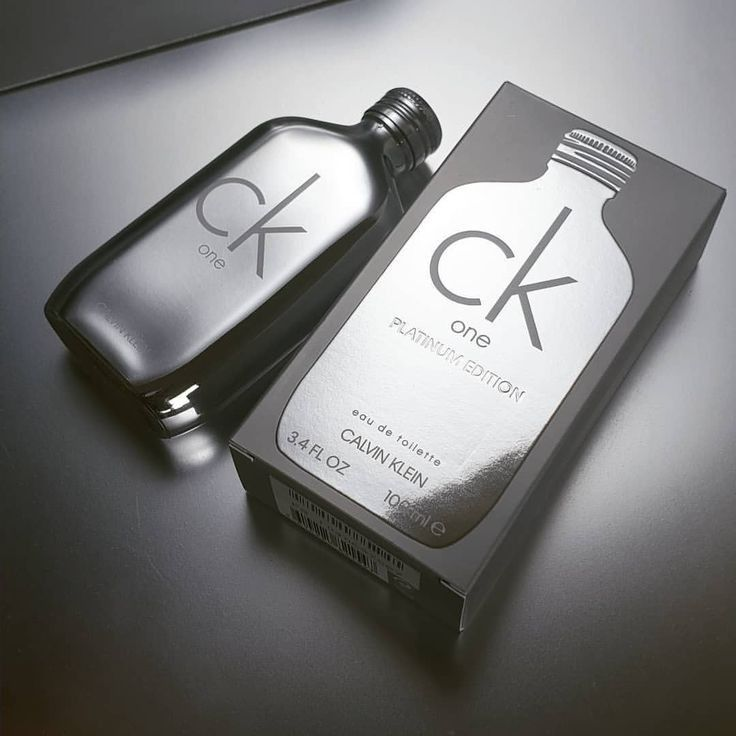
As per the facts of the case Dior France was involved in the process of creating perfumes and cosmetic products, which are then sold at premium prices as luxury products to the consumers. In order to facilitate the sale of its products outside of France, the perfume brand, appoints its exclusive representatives such as Dior Netherlands in Netherlands, across Europe. Meanwhile Dior France continued to retain the exclusive rights to the Eau Sauvage, Poison,Fahrenheit and Dune picture trade marks, for inter alia perfumes. Those mark sconsist of illustrations of the packaging in which the bottles containing the perfumes bearing those names are sold. In addition, Dior France has copyright in both that packaging and those bottles and in the packaging and bottles of products marketed under the name of Svelte.
The case was brought against Evara, which operated a chain of chemists’ shops under the name of its subsidiary Kruidvat. It was noted that even though Kruvidat had not been appointed as a distributor by Dior Netherlands, the subsidiary continued to sell Dior products obtained via parallel imports.
While the legality of obtaining the Dior products was not the subject of concern, Dior brought an action against Evara for its 1993 Christmas advertisement promotion. Kruidvat advertised for sale the Dior products Eau Sauvage, Poison, Fahrenheit, Dune and Svelte and during the promotion it depicted in advertising leaflets the packaging and bottles of some of those products. According to the judgment making the reference, each depiction of the packaging and bottles related clearly and directly to the goods offered for sale and the advertising was carried out in a manner customary to retailers in this market sector. However, Dior was of the contention that the advertising via leaflets did not correspond to the luxurious and prestigious image of the Dior marks.
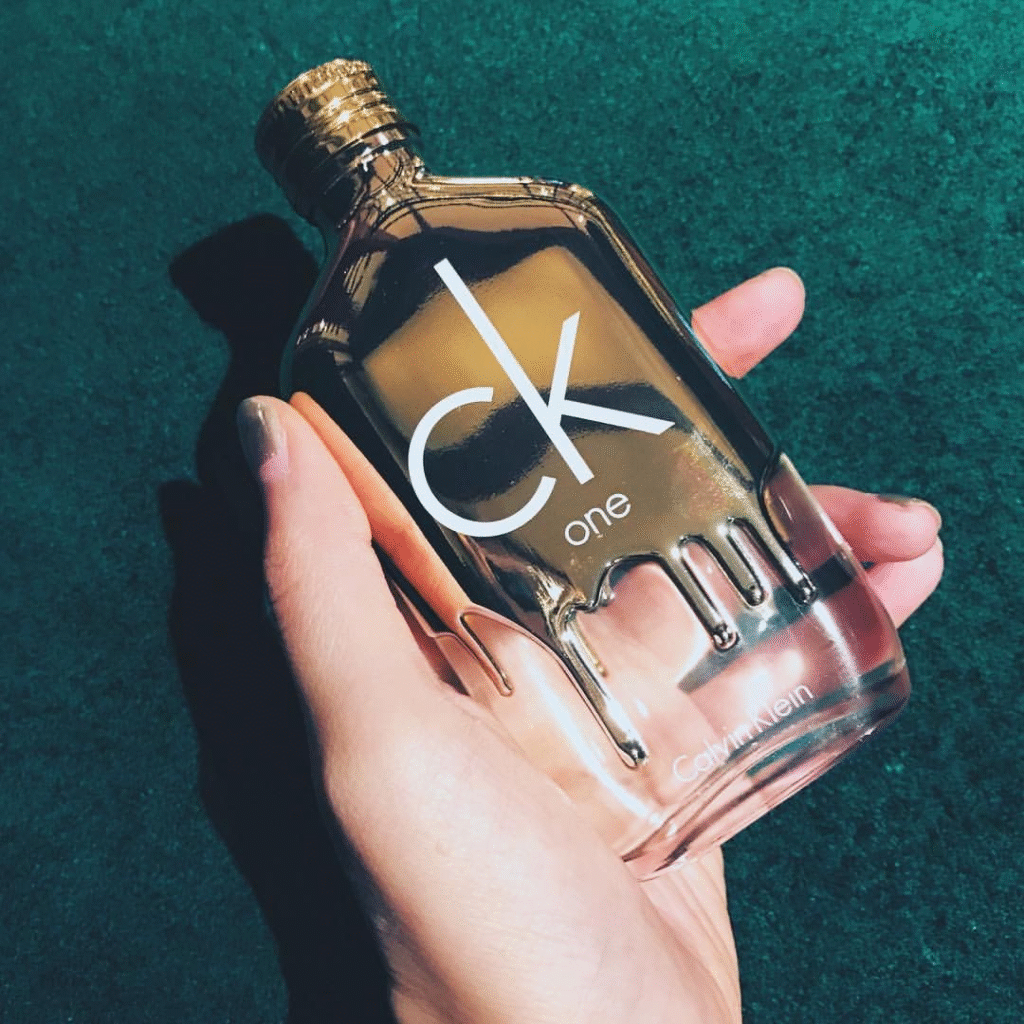
Accordingly, the suit brought by Dior contended trademark infringement of its prestigious marks, and prayed for an order restricting Evora from from making use of Dior picture trade marks and from any publication or reproduction of its products in catalogues,brochures, advertisements or otherwise. Dior claimed in particular that the use made by Evora of its trade marks was contrary to the provisions of the Uniform Benelux Law on Trade Marks in force at that time and was liable to damage their luxurious and prestigious image. Dior also claimed that the advertising carried out by Evora infringed its copyright.
The court was of the opinion that a trademark owner could prevent a reseller from using their trademark, if it is proved that the manner in which the trademark is being used cause some damage or harm to its reputation i.e. it diminished it’s prestige and perception as a luxury product in the consumer’s minds.
However, the court made further two observations. According to them, if the reseller was habitually advertising similar goods not necessarily of the same quality via the same method, an action against him might be difficult execute unless the trademark owner provide proper proof of the damage being caused to its trademark.
In this case, if the reseller by Advertising through leaflet distribution did not take care to avoid putting the trademark in a context which could damage the carefully crafted brand image created by the trademark owner then the trademark owner could stop him from using the same. A similar observation was also made in terms of claims of copyright infringement.
PRESTIGE AT PLAY
It is suffice to say that brand image is a crucial part of any luxury brand. Consumers need to perceive the grandiose often linked with Luxury when coming in contact with the products of the brand. It is one of the reasons why luxury brands often spend a large money on maintaining their exclusivity and that of their clients. One of the biggest example being Hèrmes a luxury brand creating handmade bags.
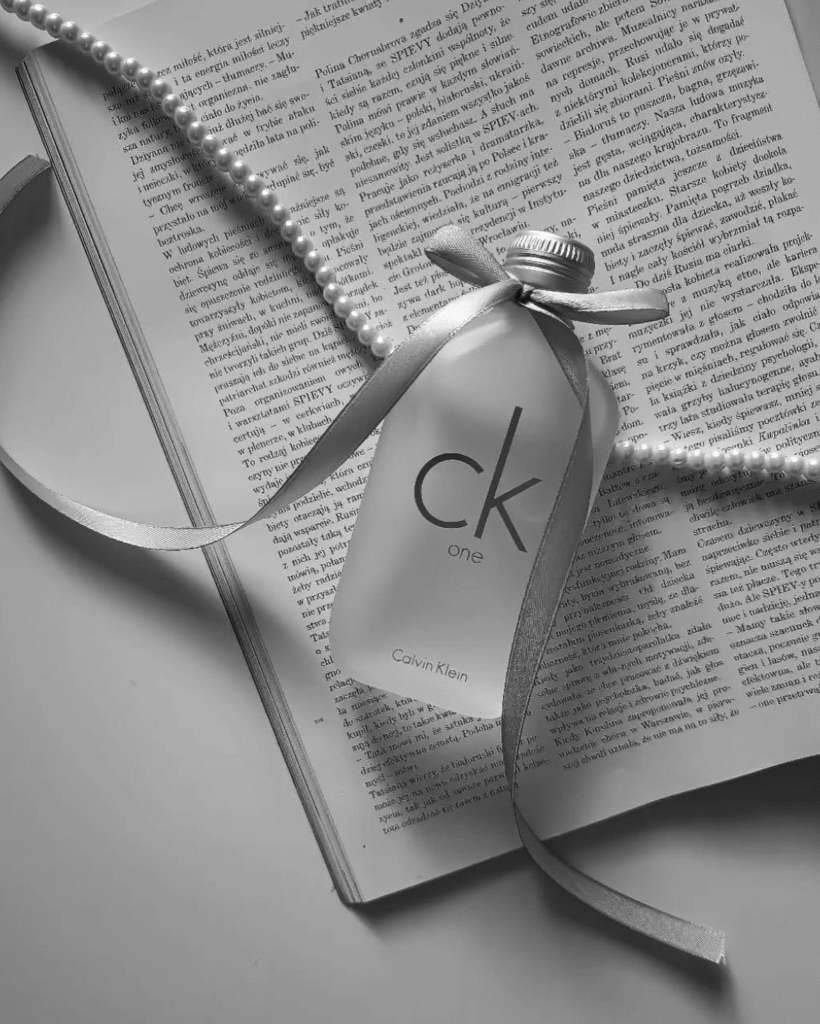
The brand was known to gate keep its bags for their most esteemed customers, provided the extremely slow channel of production. Therefore, depending on your personal standing, as someone of great importance, you would be placed first or last on their, never ending waiting list.
Another example could be the infamous Ferrari VIP club. The automobile company is known to not allow major modifications to the car and has since then sent various cease and desist letters and even banned people from every buying another Ferrari.
In fact, Preston Henn was also the owner of one of the largest car collections in the world and of the most expensive car in the world ironically also a Ferrari was denied from buying LaFerrari, Aperta. Henn decided to sue Ferrari for damaging his reputation by denying him but later had to drop the suit when it was made clear to him that there was no way for him to win the suit.
It’s suffice to say that while quality plays a huge role in luxury goods, it does not hold value to the customer to dig out their pockets till they can’t perceive the value for money. In terms of the luxury market, this is perceived by exclusivity, grandiose and the allure of one’s status for simply being associated with the brand.
It can be to a certain extent perceived as a symbiotic relationship to some extent, since both the product and the person depend on each other to establish and maintain their status.

